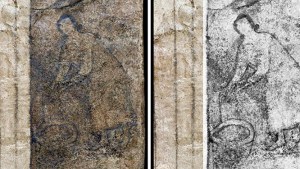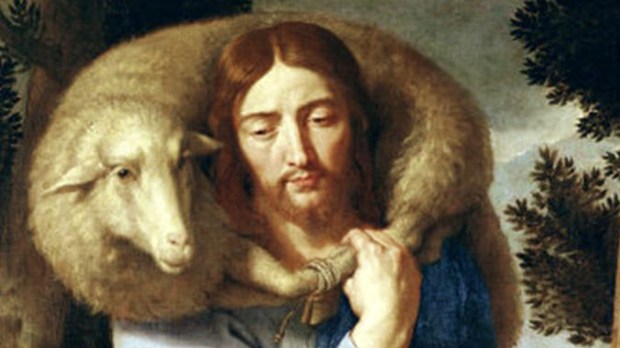The Good Shepherd is surely one of the earliest and most enduring motifs in Christian art – a young man gently carrying a sheep across his shoulders. But the image is far from being a simple pastoral scene. It embodies the core of the Christian faith: sacrifice, redemption, and the unwavering love of a shepherd for his flock.
A closer look reveals a fascinating detail often overlooked: The lamb, while seemingly a symbol of innocence and vulnerability, is no light burden. In reality, a lamb can weigh well over 100 pounds, its soft fleece masking a surprisingly hefty frame. Early Christian artists were acutely aware of this, thus imbuing the image with profound theological meaning.
Carrying a lost lamb from afar, as the Good Shepherd does, is depicted as arduous work. The shepherd’s bent posture speaks of the physical exertion required. This deliberate portrayal mirrors the weight of Christ’s sacrifice on the cross — not only the actual weight of the wooden beam, but also the immeasurable burden he bore for the sake of humanity’s salvation.
Furthermore, lambs that stray from the flock are often paralyzed with fear and exhaustion. They cannot navigate their way back on their own. Thus, the shepherd must not only bear the lamb’s physical weight but also its “emotional fragility.” This act of tenderness becomes a metaphor for Christ’s compassion for the lost and vulnerable, carrying their burdens and guiding them back to safety.
The emphasis on the lamb’s size in early Christian depictions further underscores this symbolism. In many frescoes and sculptures, the lamb appears disproportionately large compared to the shepherd, its weight almost overwhelming him. This artistic choice visually amplifies the physical and emotional strain the Good Shepherd endures, making the sacrifice all the more impactful.
Predating Christianity
The origins of this powerful image predate Christianity. In ancient Greek art, the moskophoros (a man carrying a ram on his shoulders) was a common motif associated with Hermes, the god of travelers and shepherds. Early Christians adopted this familiar image, recontextualizing it to embody their own beliefs. The ram, a sacrificial animal in Greek tradition, was replaced with the lamb, symbolizing Christ’s ultimate sacrifice.
The Good Shepherd, therefore, remains a timeless symbol of Christ’s unwavering love and selflessness. In its depiction of heavy burdens and tender care, it reminds us that faith itself is not weightless. It demands sacrifice, compassion, and the resolve to carry one another, just as the Good Shepherd carries the lost lamb, back to the safety of the fold.
So next time you encounter this ancient image, remember the silent weight it carries. See not just a gentle shepherd and a fluffy lamb, but a profound testament to the heavy burden of love, the enduring power of faith, and the ultimate sacrifice that binds them together.



